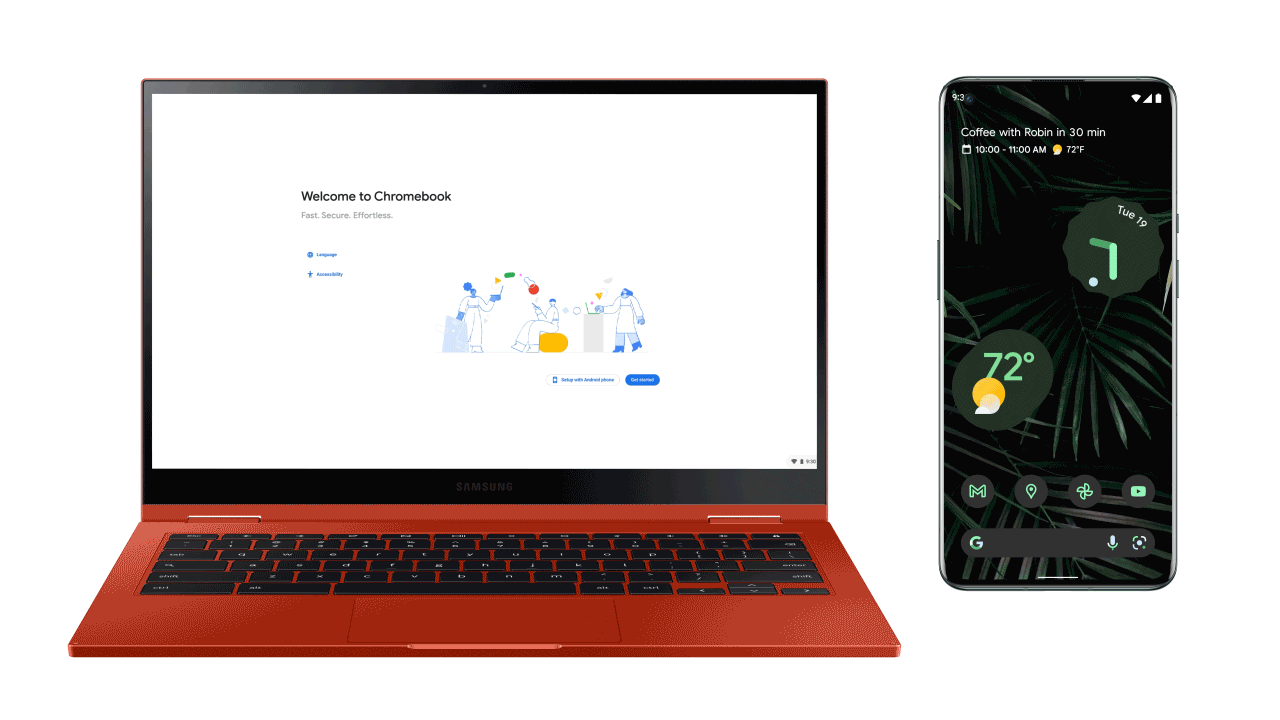Following the United States’ Internactional Trade Commission’s (ITC) ruling in favour of Sonos over Google, the Mountain View, California-based tech giant has detailed several changes to how its Nest/Home Speaker Groups and setup process.
Google says that “a small set of users” will need to use the “Device Utility app” to setup devices and install updates. Below is the full statement from the tech giant.
“A small set of users will need to use the ‘Device Utility app’ (DUA) to complete product installation and updates. You may receive a prompt to download and run DUA, and it will ensure that your device is connected to Wi-Fi and receives the most updated software version.”
Further, users will need to adjust the volume of each speaker individually instead of using a group volume controller. It’s also no longer possible to adjust the volume of a Speaker Group from your smartphones physical buttons. However, you can still do this with a single Google smart speaker.
When it comes to third-party Assistant-enabled speakers, Google says that functionality should remain identical other than the volume rocker being disabled.
Given this is a feature I use quite frequently with my Google Home smart speaker setup when listening to music throughout my entire house, this is definitely dissapointing from a user perspective. Devices effected by this change include Pixel smartphones, the Nest Hub, Nest Mini, older Google Home devices, the Chromecast and more.
Below is a full statement from Google regarding third-party devices:
“Most Speaker Groups should continue functioning as expected unless you have a speaker group containing other brands of Cast-based devices, like JBL or Lenovo, they need to be on 1.52.272222 or higher Cast firmware version. Check out this article on how to find your device’s firmware version or contact your device maker.”
In a statement sent to several publications, Google says that though it doesn’t agree with Google’s decision, it “appreciates that the International Trade Commission has approved our modified designs” and that the company doesn’t expect the ruling to impact its ability to import or sell its products.
With this in mind, it’s unlikely that the ruling will have a future affect on Google’s ability to continue to sell or import its devices around the world. The tech giant has 60 days to implement these changes according to the ITC.
You can find Google’s full blog post about the changes coming to its speakers, here.
Source: Google Via: The New York Times











